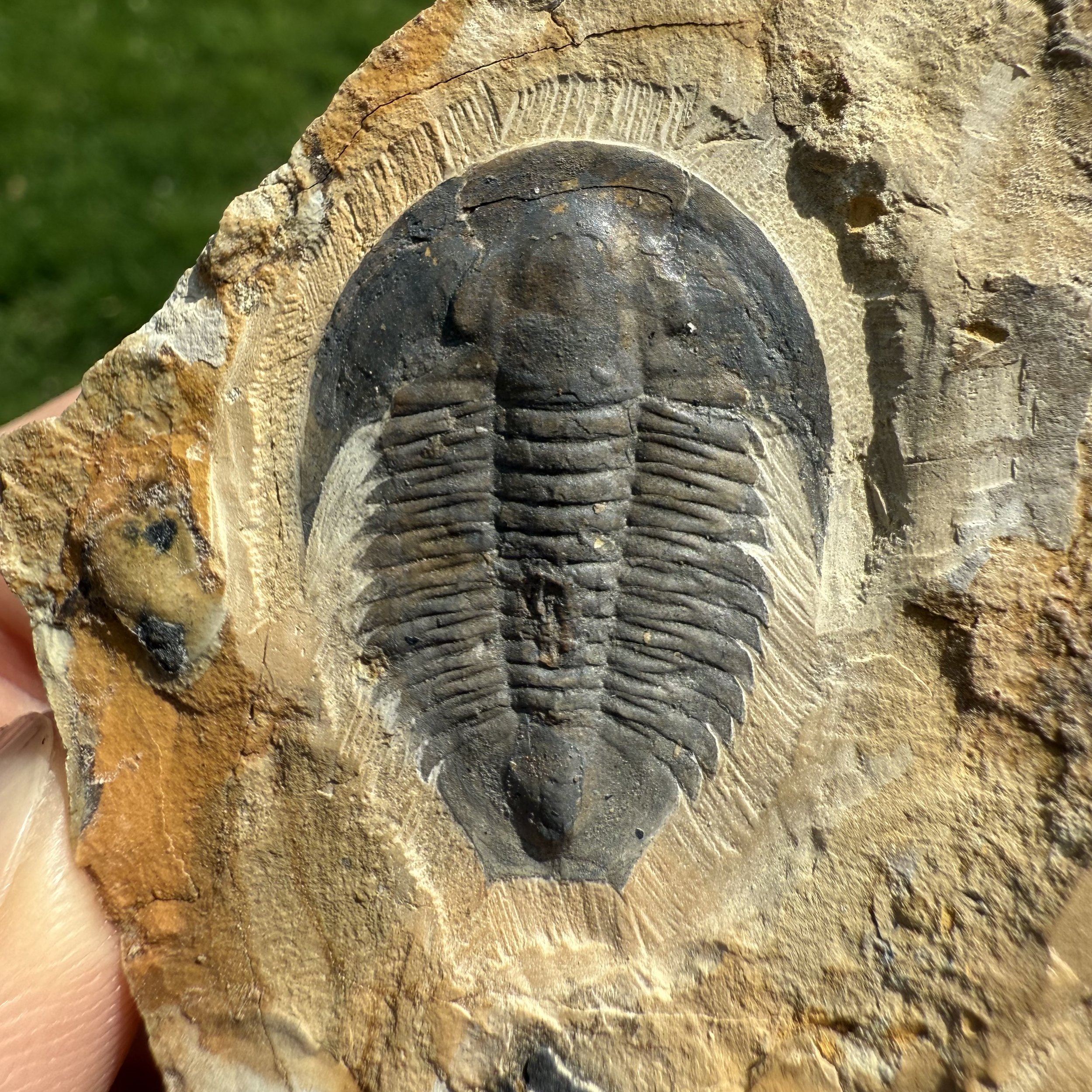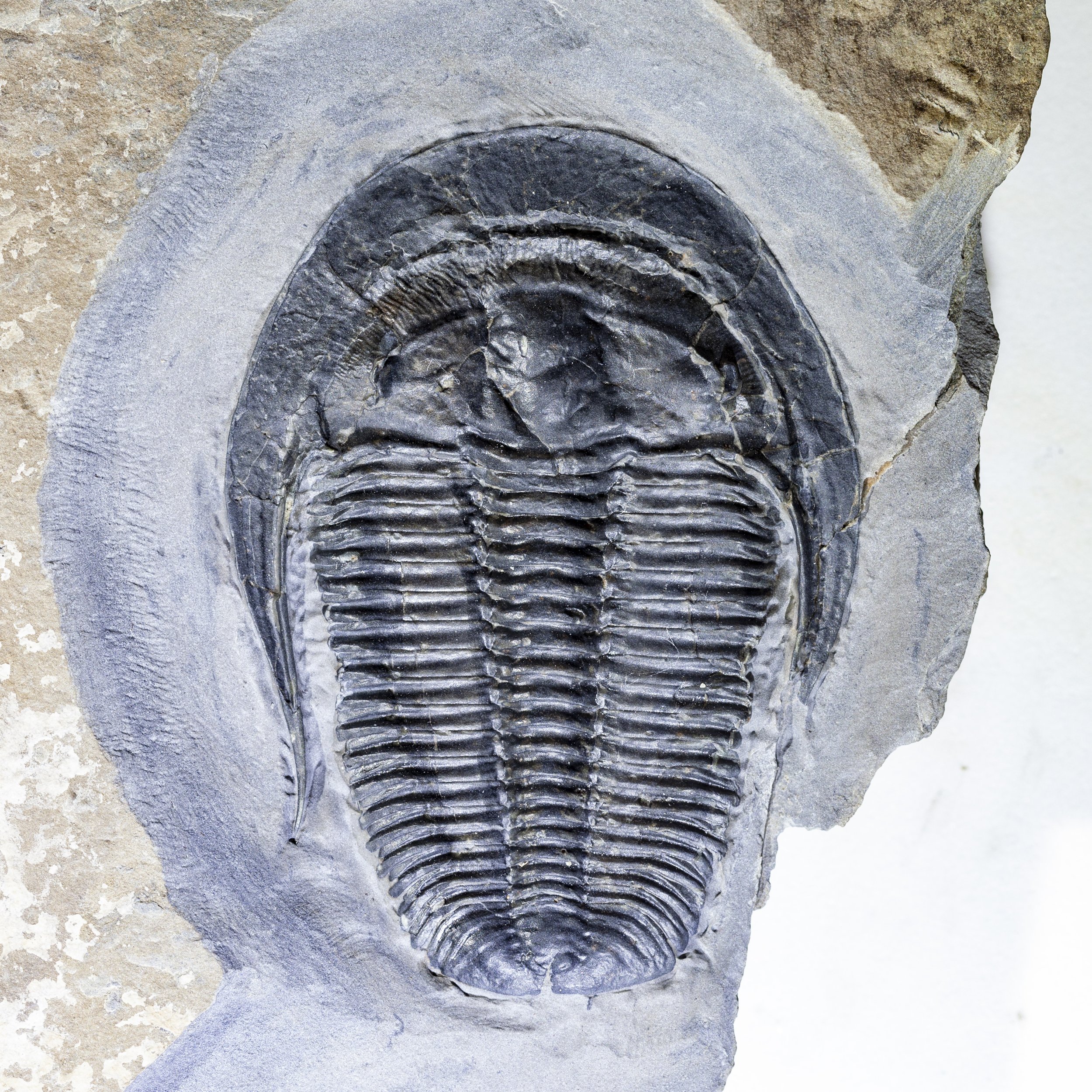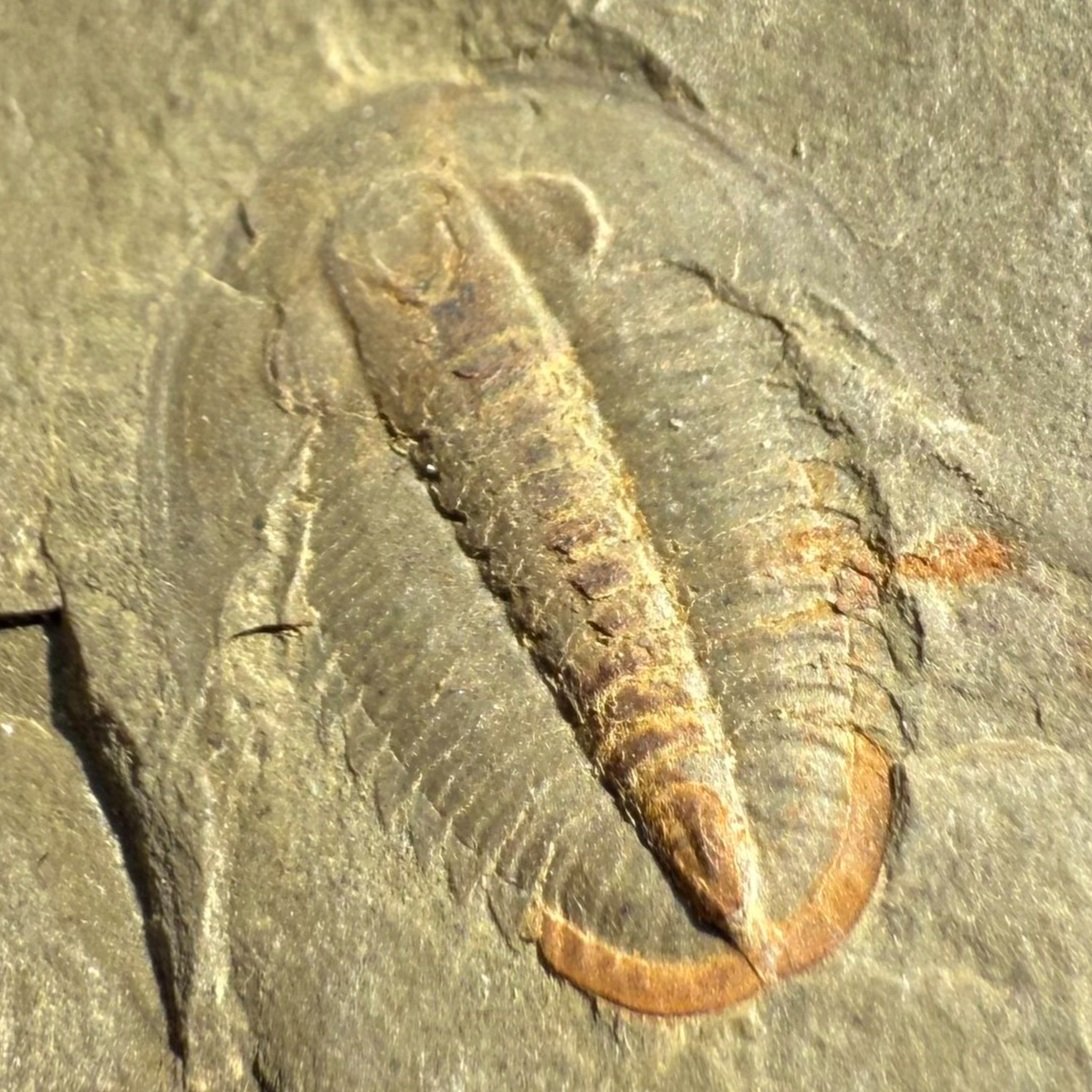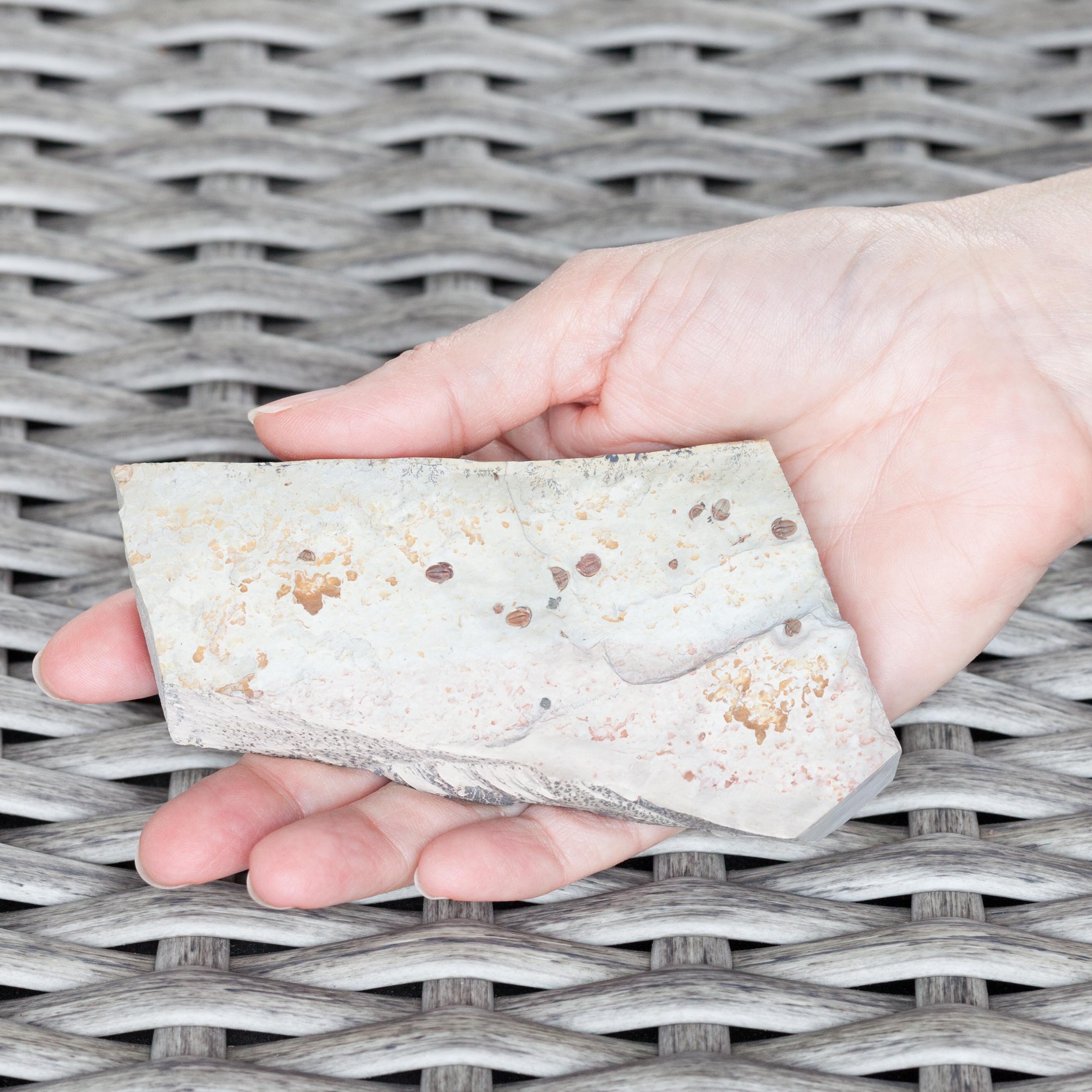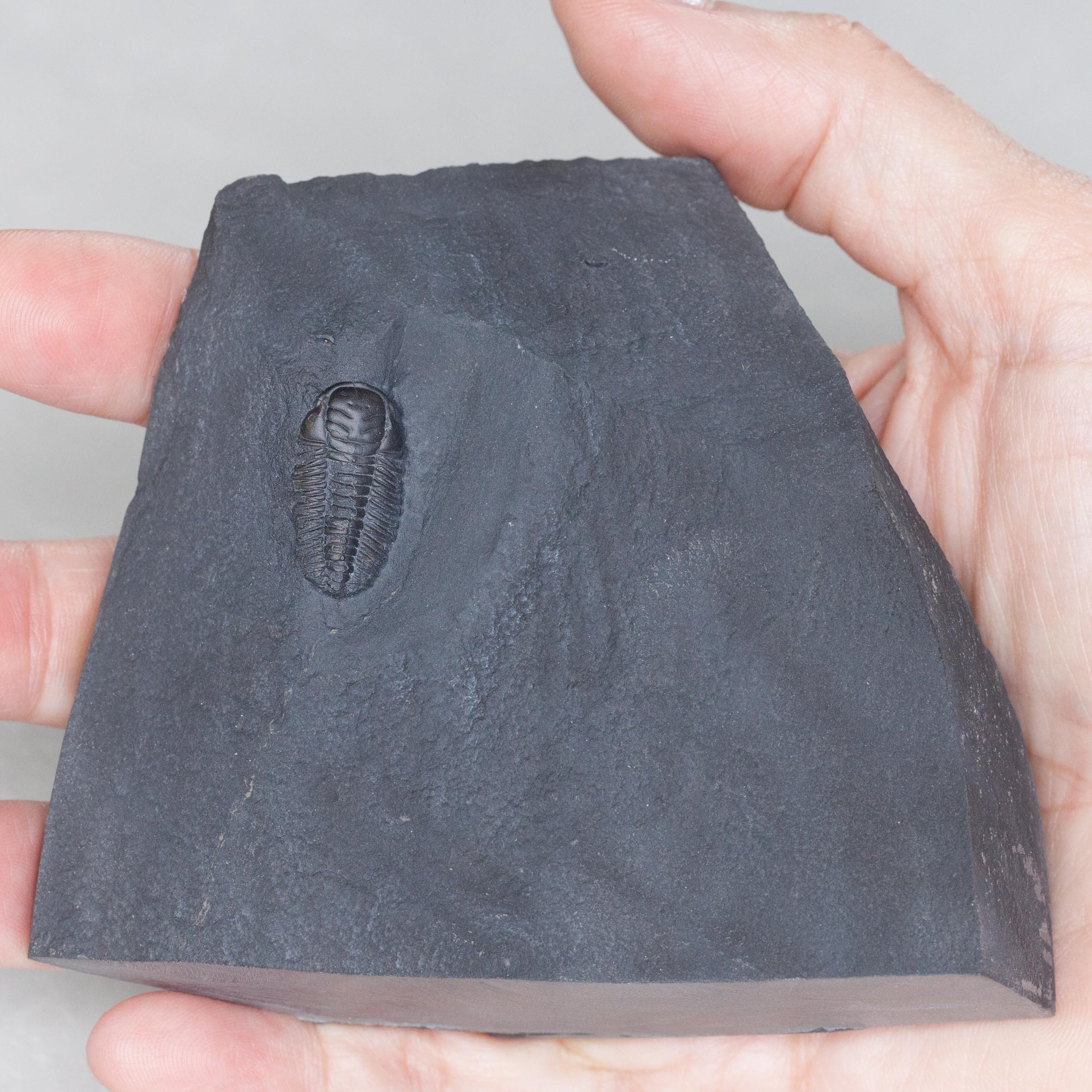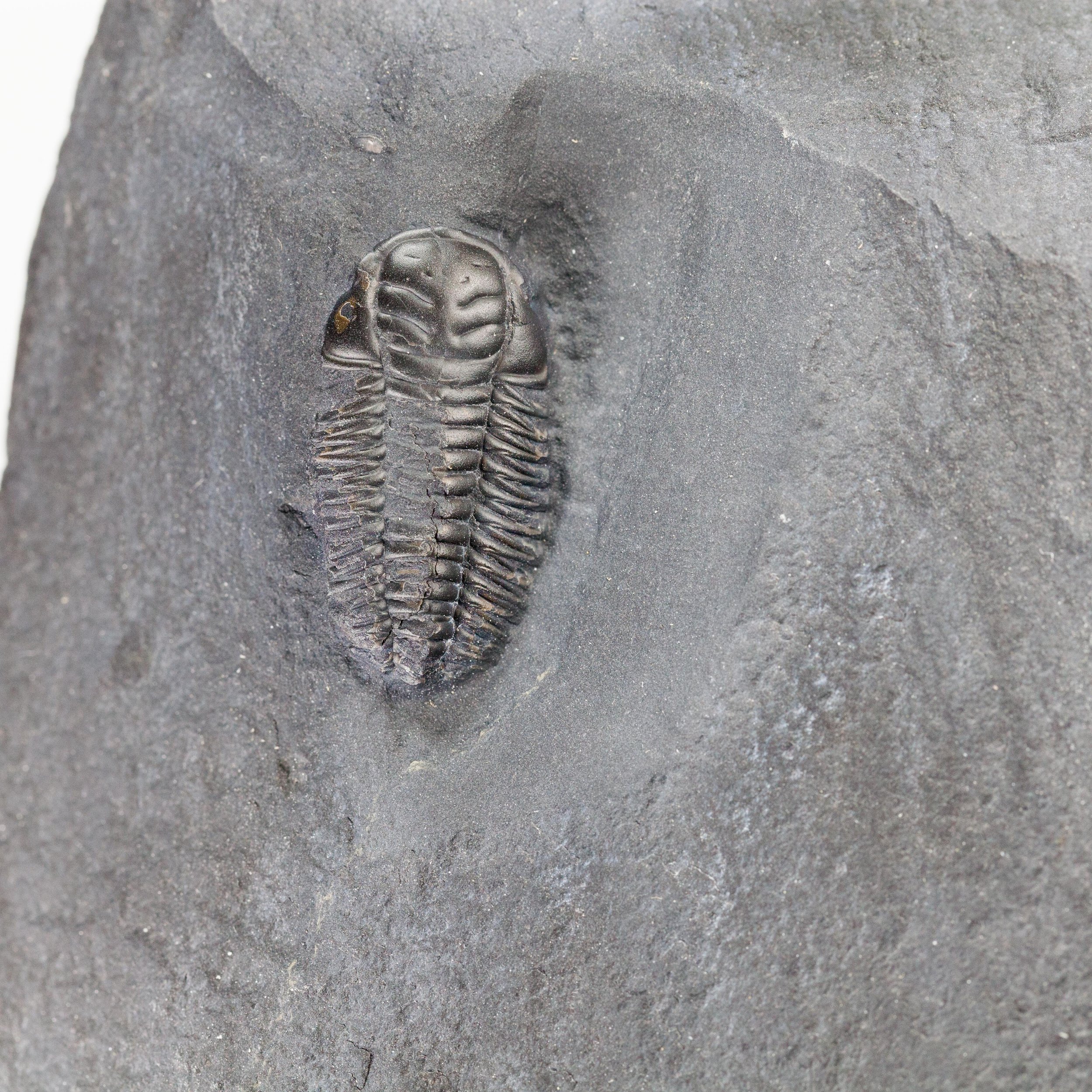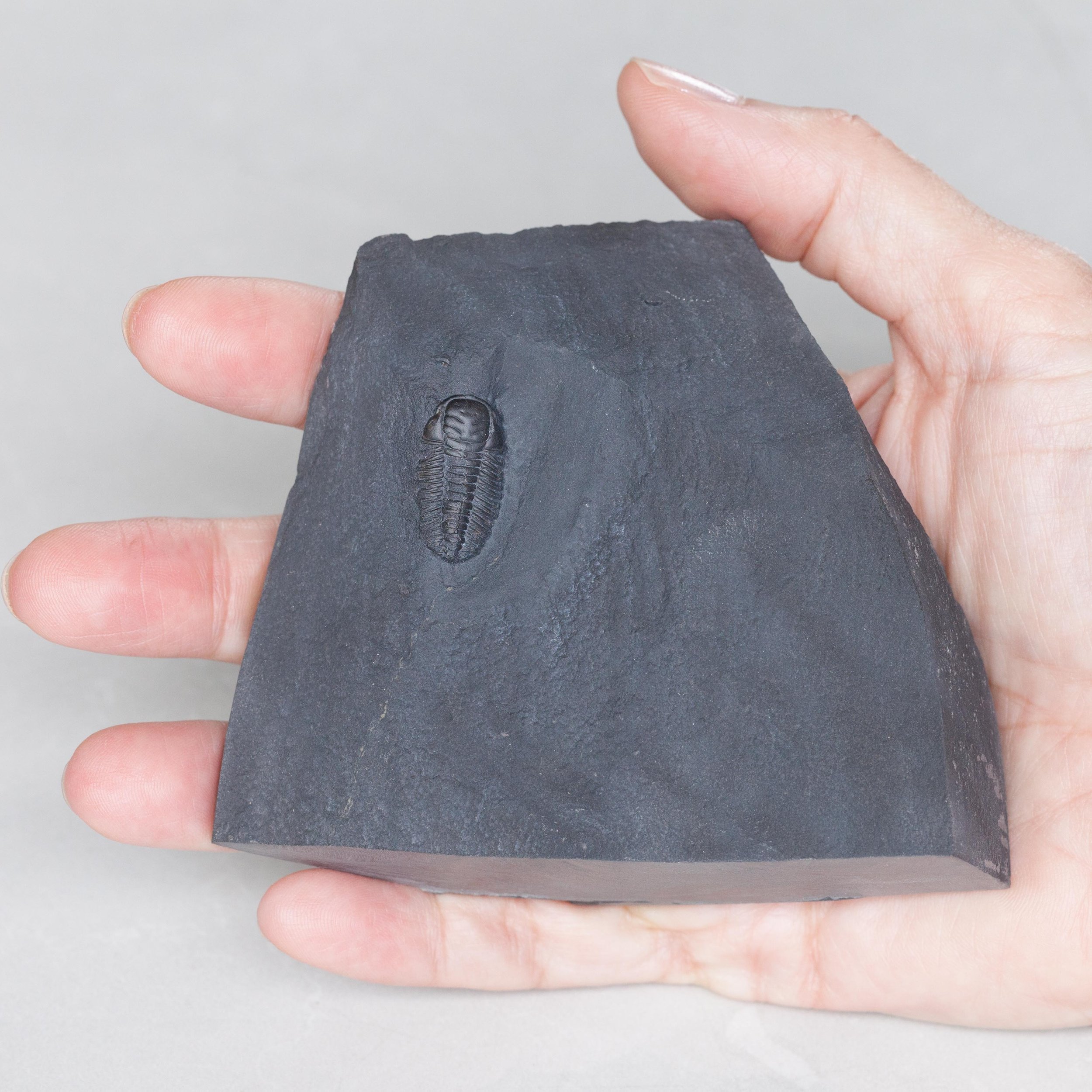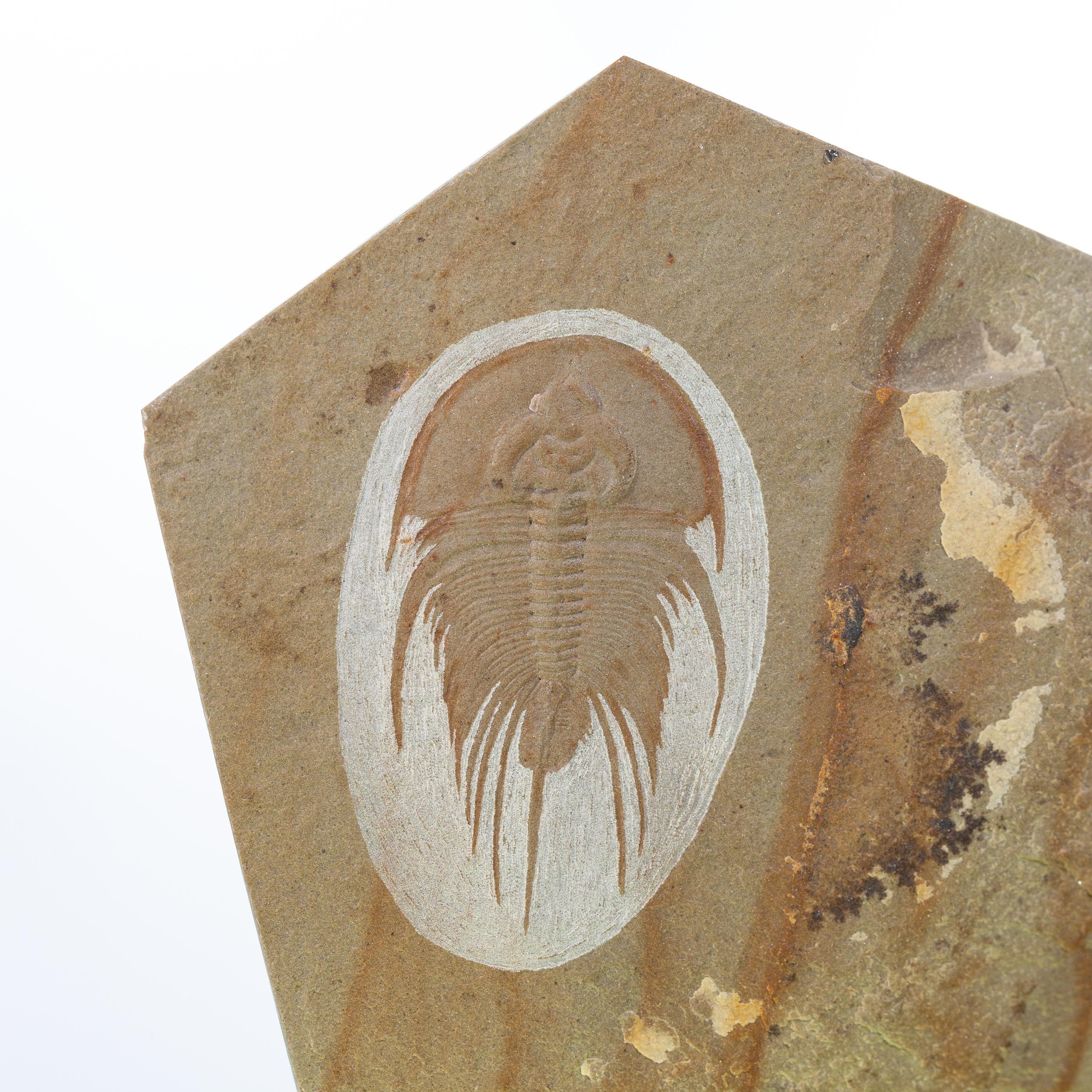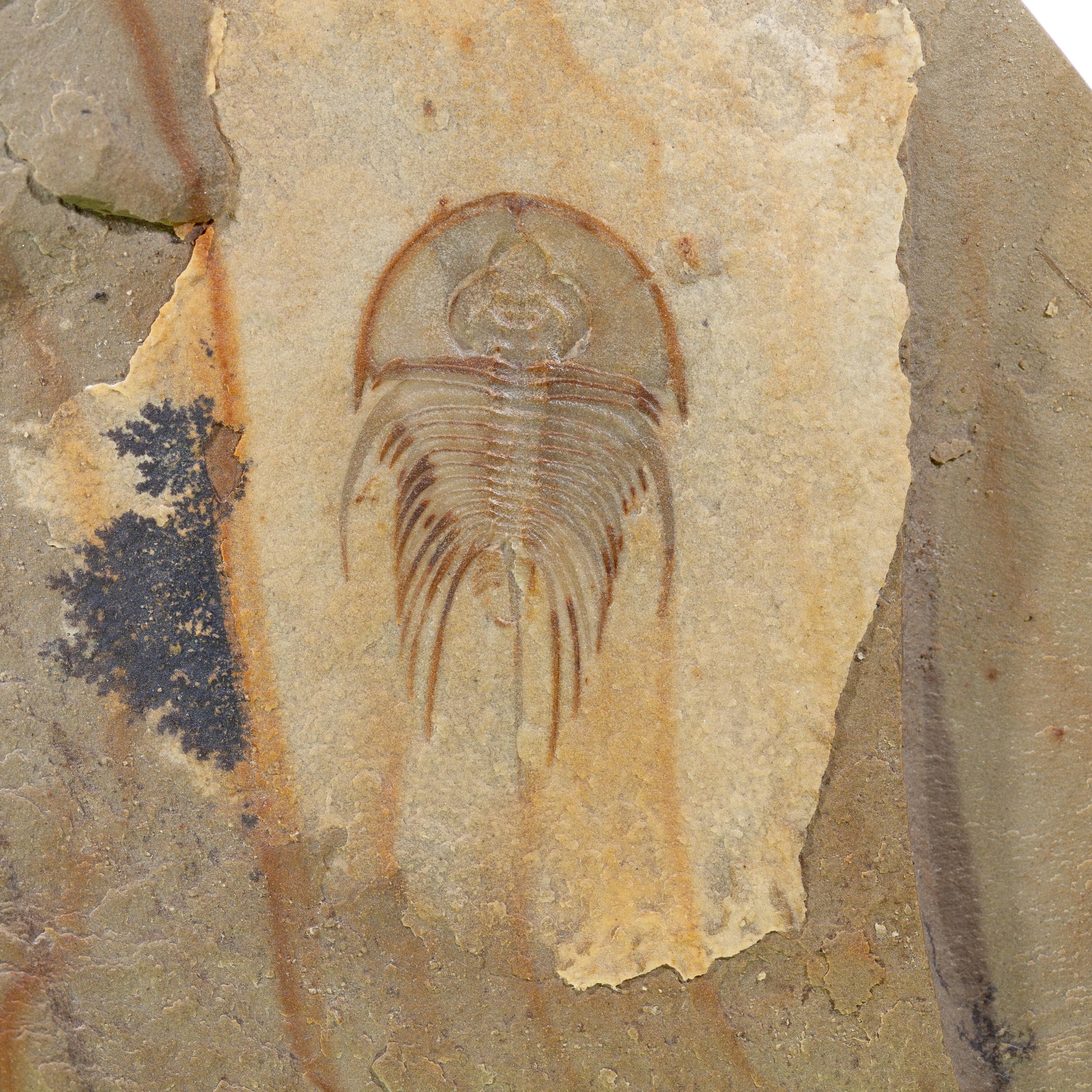 Image 1 of 7
Image 1 of 7

 Image 2 of 7
Image 2 of 7

 Image 3 of 7
Image 3 of 7

 Image 4 of 7
Image 4 of 7

 Image 5 of 7
Image 5 of 7

 Image 6 of 7
Image 6 of 7

 Image 7 of 7
Image 7 of 7








Hapsiceraurus hispidus
Vendor: Gold Bugs
SKU Number: SQ1015786
Extremely rare Hapsiceraurus hispidus. A cheirurid species from the Arctic also occurs in narrow zones from the Late Ordovician on the equally remote Anticosti Island.
The large exaggerated spine-like projections on the rear of the cephalon behind the eyes, as well as the large occipital node are unmistakable. These are likely some of the best specimens of this extremely rare species ever found.
The species was described in the mid 20th Century by Whittington from Cornwallis Island. A great opportunity to add Arctic Arch fauna to your collection!
Full dimensions are listed below.
Vendor: Gold Bugs
SKU Number: SQ1015786
Extremely rare Hapsiceraurus hispidus. A cheirurid species from the Arctic also occurs in narrow zones from the Late Ordovician on the equally remote Anticosti Island.
The large exaggerated spine-like projections on the rear of the cephalon behind the eyes, as well as the large occipital node are unmistakable. These are likely some of the best specimens of this extremely rare species ever found.
The species was described in the mid 20th Century by Whittington from Cornwallis Island. A great opportunity to add Arctic Arch fauna to your collection!
Full dimensions are listed below.
Vendor: Gold Bugs
SKU Number: SQ1015786
Extremely rare Hapsiceraurus hispidus. A cheirurid species from the Arctic also occurs in narrow zones from the Late Ordovician on the equally remote Anticosti Island.
The large exaggerated spine-like projections on the rear of the cephalon behind the eyes, as well as the large occipital node are unmistakable. These are likely some of the best specimens of this extremely rare species ever found.
The species was described in the mid 20th Century by Whittington from Cornwallis Island. A great opportunity to add Arctic Arch fauna to your collection!
Full dimensions are listed below.
Additional Information
Ceraurus is quite common in the Ordovician of upstate New York, south-central and south-eastern Ontario, and the St. Lawrence Valley in Quebec, as well as in the Canadian Arctic. It and similar genera range in size from less than quarter an inch to well over five inches. Similar genera of trilobites occur in the Ordovician outcrops of the Volkhov River, near St. Petersburg, Russia.
The taxonomy of the genus is problematic, as the many variations of eye placement, decoration patterns of pustules, and spine length call the genus' defining characteristics into question. Ceraurus may, in fact, be at least four genera: Ceraurus sensu stricto, and the genera, Gabriceraurus, Bufoceraurus and Leviceraurus.
References:
Hapsiceraurus
Ceraurus
Reading between the rocks: Studying the Late Ordovician mass extinction on Anticosti Island
